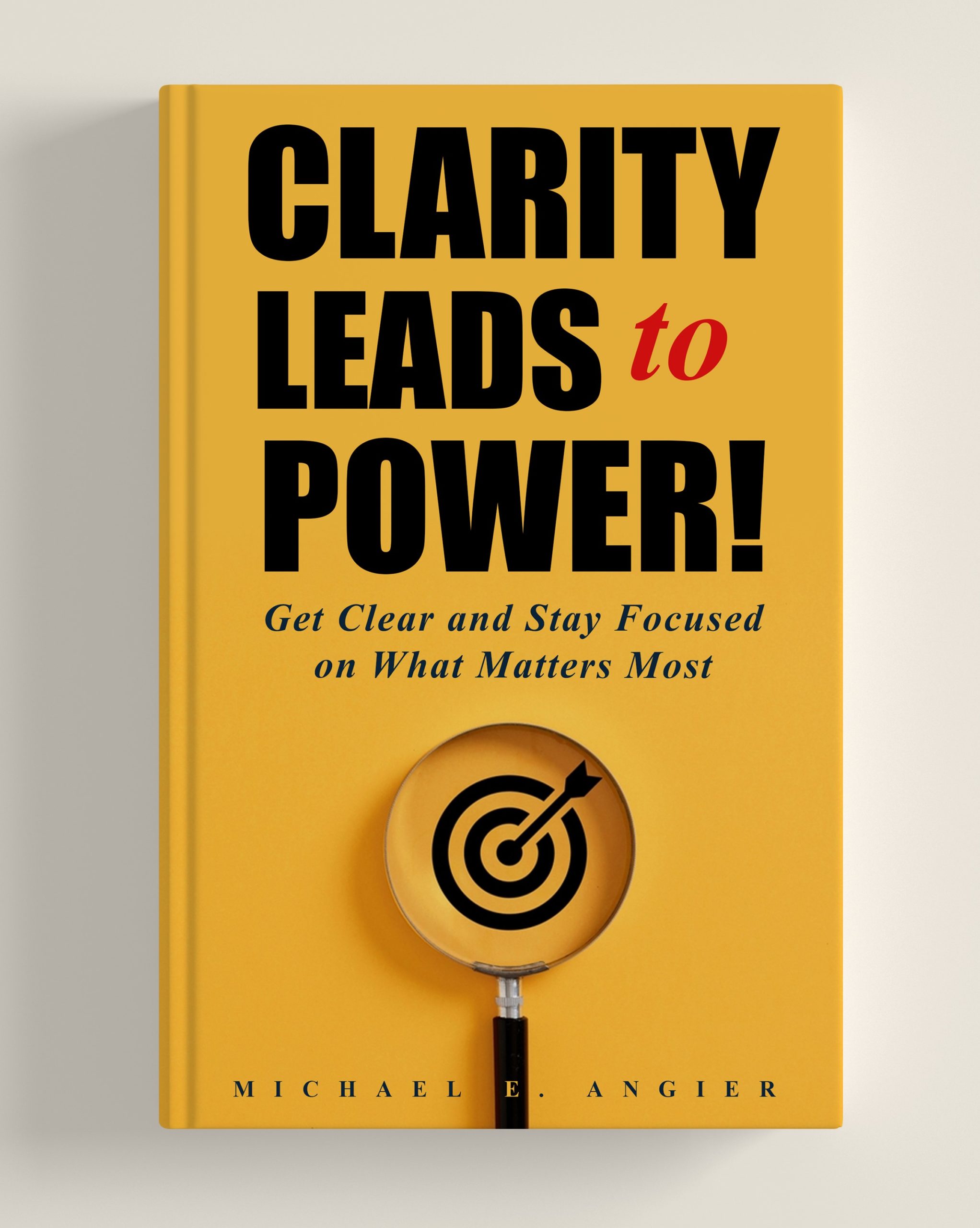Auguste Rodin’s classic statue “The Thinker” is one of my favorites. It’s hard to look at it (or one of its many replicas) without being moved by it. The innocent display of someone deeply in thought causes most of us to ponder a bit ourselves. Why is this image so captivating? What’s he thinking about?
Perhaps we have such reverence for this kind of deep thinking because it’s so uncommon. Having thoughts does not constitute thinking. We all have thoughts. We all have opinions and beliefs—usually lots of them.
William James once wrote, “A great many people think they are thinking when they are merely rearranging their prejudices.” Just because there’s mental activity going on in our minds doesn’t mean we’re thinking.
Bob Proctor, in his book You Were Born Rich, writes, “Thinking is the highest function of which a human being is capable.” He goes on to say that what passes for thinking for most people is really just the faculty of memory—playing old movies and rehashing past events. Clearly, this is not what Rodin’s great work of art depicts.
Thinking is hard work. Maybe that’s why so few people do it. Edison went even further: “There is no expedient to which a man will go to avoid the real labor of thinking,” and Emerson, “What is the hardest task in the world? To think.”
Why don’t we think more? I believe one reason is that we’re so busy doing that we don’t have time to conceive, cogitate and consider. We’re used to being entertained. We’re bombarded with information. It comes at us so fast that we have little time to reflect on much of it, if any at all.
From TV commentators to politicians, we’re told what to think when what we really need to know is how to think. We’ve become accustomed to quick answers and easy solutions. But the problems and challenges of our lives are not easy and they’re not simple. They require thoughtful consideration.
I love to read. But I’m convinced that the greatest value in reading is not the information, but rather what we think about while we read (that’s why what we choose to read is so important).
The objective is not to fill our minds with information, but to stimulate our mind to think and to ponder. The value of the book is increased a thousand fold if we lay it down occasionally and contemplate what we’ve read and think about what it means and how and why it might apply to us.
Clarity is power. And clarity comes from thinking.
We need to think, and think carefully about the choices and direction of our lives. The most precious resource we have is our time. Our lives are the sum total of what we do with that time. Isn’t it worth spending more of it thinking?
Think about it.
Recommended Resource
Clarity Leads to Power!
How to Gain and Maintain the Clarity You Need for Living Your Best Life
With the clarity mindset, you can live with more intention, connect more deeply with others, and make a greater impact. Say goodbye to feeling overwhelmed. Say hello to purpose, passion, and the power to create the life you truly want.


